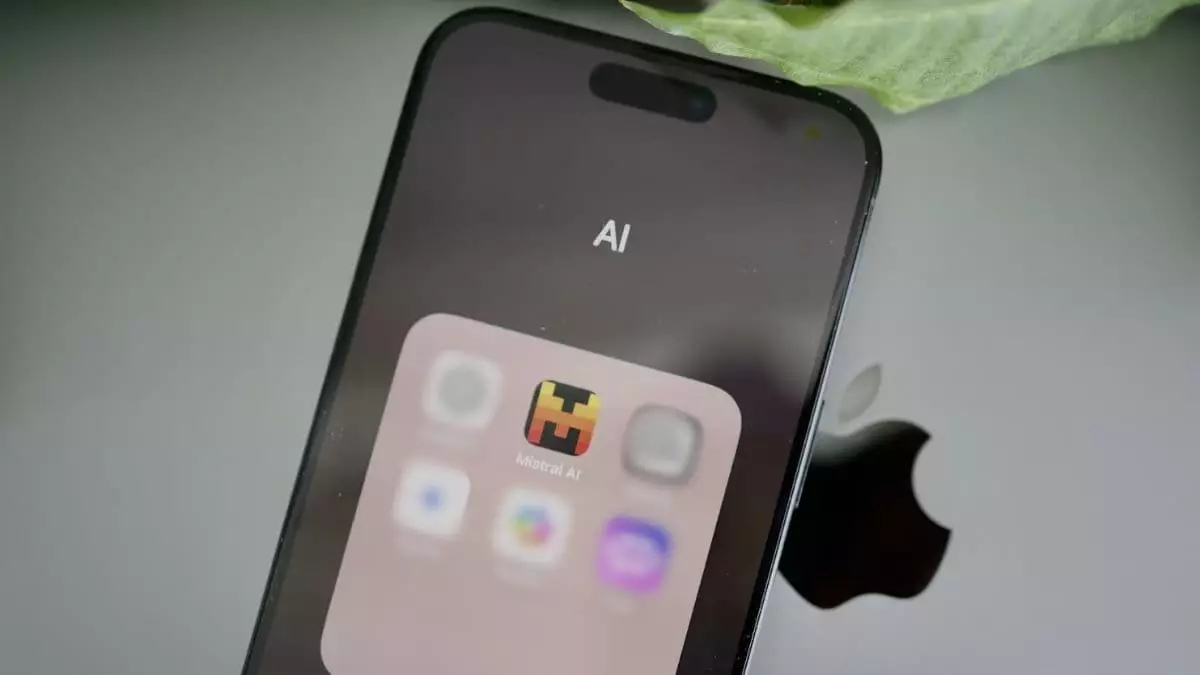In an era dominated by information overload, tools that simplify document processing are crucial. Mistral recently unveiled its OCR API, which promises to augment our approach to handling PDF documents. The claims surrounding this product are bold, suggesting it can redefine how developers interact with data locked within PDFs. But is it truly a revolutionary step forward, or just another overhyped technological development?
Understanding the Challenge of PDF Documents
PDFs have long been a double-edged sword. While they offer a reliable format for disseminating information, they pose significant barriers for artificial intelligence models. Traditional machines struggle to parse the intricate layers of content locked away in PDFs. Developers face substantial hurdles as existing methodologies, such as Retrieval-Augmented Generation (RAG), falter with this file type. Mistral’s OCR API purports to change that dynamic, yet one must wonder if it will indeed obliterate these barriers or simply serve as a temporary salve for a more significant issue.
Rapid Processing and Precise Extraction
Mistral boasts its OCR technology can dissect and convert document content at an astounding speed, processing up to 2,000 pages per minute on a single node. Such figures are impressive and suggest significant advantages for developers creating AI applications reliant on extensive datasets. However, speed alone should not be our sole measure of efficacy. Accuracy in extracting meaningful data is another critical pillar. Mistral alleges high precision in recognizing complex document elements—everything from mathematical expressions to rich imagery. If verified, this accuracy would fundamentally shift the landscape for AI applications.
Implications for AI Model Training
The power of Mistral’s OCR API lies not just in processing documents but in its implications for training AI models. The tool’s capability to produce AI-ready text formats means that developers can craft tailored datasets for their algorithms, effectively enhancing the foundation on which future AI applications will be built. In a world where data is king, the ability to efficiently harness previously inaccessible information is a transformative opportunity. However, skepticism remains surrounding how substantial this change will be. Will developers truly capitalize on this new tool, or will it be relegated to the shelf alongside other tools that promised much but delivered little?
Accessibility for the Open-Source Community
Perhaps one of the more significant critiques of existing OCR tools is their lack of accessibility for the open-source community. While giants like Google and Adobe have integrated specialized OCR tools, these resources remain inaccessible to smaller developers. Mistral’s OCR API could democratize this technology, allowing a broader array of innovators to build AI applications. Encouraging open-source development can lead to serendipitous breakthroughs; however, the success of this initiative depends on actual adoption by developers in the open-source domain. Will they embrace this API, or will barriers of understanding and education stifle its outreach?
Comparative Analysis with Existing Solutions
In its internal assessments, Mistral claims that its OCR outperformed competitors like Google Document AI and Azure OCR when processing text-only documents. It also reportedly handsomely beats the competition in multilingual capabilities. Yet, as with any technology, comparative analyses raise pertinent questions about real-world applications. Market adoption hinges not merely on performance in testing environments but also on practical usage scenarios. To what extent do these claims hold when developers deploy the API in their real-world applications? Only time will tell if Mistral’s OCR API is genuinely a cut above the rest or if competitors will quickly close any perceived gaps.
The Road Ahead for Developers
As developers explore the Mistral OCR API through platforms like Le Chat, the looming challenge will be fully leveraging its potential. Will they seize the opportunity to create groundbreaking applications, or will they remain tethered to existing, more familiar but less effective tools? The answer may significantly influence how the future of document processing and AI development unfolds. For enthusiasts and critics alike, watching this technology’s evolution presents an exhilarating, albeit cautiously optimistic, journey. In a shifting digital landscape, could Mistral’s OCR API be the catalyst for a revolution in AI usability? Only the developers and innovators will answer that question.


Leave a Reply